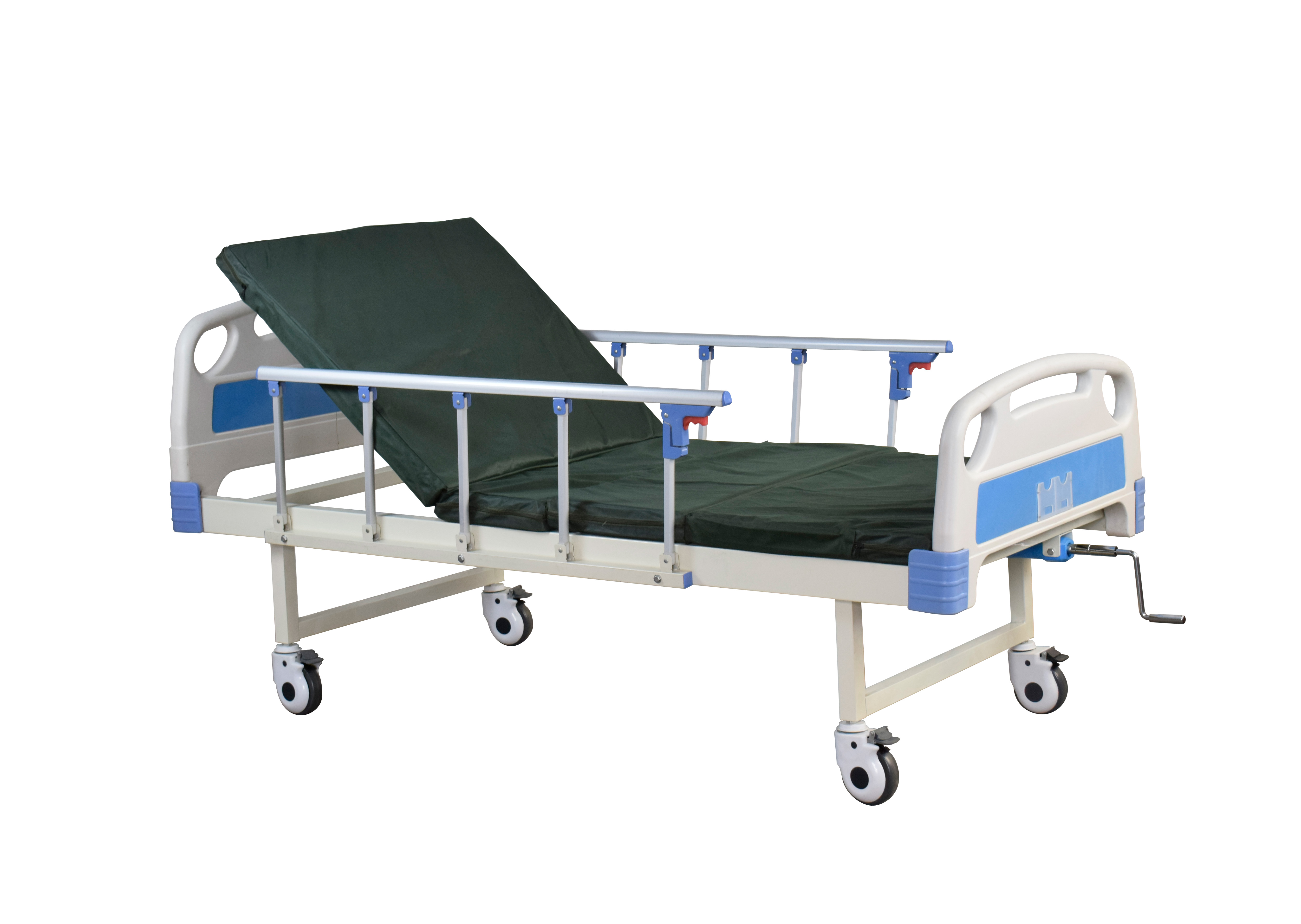Welcome to our websites!
resuscitation trolley equipment
Understanding Resuscitation Trolley Equipment A Lifesaving Necessity in Healthcare
In emergency medicine, time is of the essence, and having the right equipment at the right moment can be the difference between life and death. A crucial tool in any medical facility, particularly in hospitals and emergency departments, is the resuscitation trolley, also known as a crash cart. This mobile unit is equipped with essential medical supplies and devices necessary for life-saving interventions, especially during cardiac arrests or other critical care situations.
The resuscitation trolley is designed for maximum accessibility and efficiency. Typically, it is constructed from stainless steel or high-grade plastic, ensuring durability and easy cleaning. The trolley is often color-coded, usually in bright yellow or red, making it easily recognizable in emergencies. It is equipped with wheels for mobility, allowing healthcare providers to swiftly transport it to the site of an emergency.
Inside the trolley, there is a meticulously organized array of medical equipment and supplies. The items found in a resuscitation trolley can vary by institution but generally include several essential components. Among the most critical are
1. Defibrillator This device delivers an electric shock to the heart to restore a normal rhythm during cardiac arrest. Automated external defibrillators (AEDs) are also commonly found in public environments, providing lifesaving intervention to bystanders before emergency services arrive.
2. Airway Management Tools Maintaining an open airway is crucial in resuscitation efforts. The trolley typically contains oropharyngeal and nasopharyngeal airways, endotracheal tubes, and bag-valve masks. These tools help healthcare providers secure and manage the patient’s airway effectively.
3. Medications A range of emergency medications is stocked in the trolley, including adrenaline (epinephrine), amiodarone, and atropine. These medications are vital for treating various emergencies, such as anaphylaxis, arrhythmias, and cardiac arrest algorithms.
resuscitation trolley equipment

4. Intravenous Supplies Accessing veins for medication and fluid administration is essential during resuscitation. The trolley is equipped with IV catheters, saline bags, and various tubing. These supplies enable providers to deliver medications quickly and efficiently.
5. Monitoring Equipment Continuous monitoring of the patient’s vital signs is crucial during resuscitation. The trolley generally carries a portable monitor for ECG readings, blood pressure cuffs, and pulse oximeters, helping healthcare professionals assess the patient's condition in real-time.
6. Basic Life Support (BLS) Equipment Resuscitation trolleys are stocked with essential items, such as high-quality CPR manikins for training, suction devices to clear the airway, and various medical gloves for infection control.
7. Documenting Tools Maintaining accurate records during an emergency is paramount. The trolley usually includes documentation sheets, a clipboard, or a digital device to record vital information and treatments given.
Having a well-stocked and organized resuscitation trolley is a critical component of a hospital's emergency response team. Regular training and drills are essential to ensure that healthcare providers are familiar with the equipment and can use it effectively under pressure. Additionally, routine checks and restocking of the trolley are necessary to ensure that all items are readily available and not expired.
In conclusion, the resuscitation trolley is an indispensable part of a modern healthcare facility's emergency preparedness strategy. By maximizing the efficiency and accessibility of life-saving equipment, healthcare professionals are better equipped to respond swiftly and effectively in critical situations. The presence of a well-organized resuscitation trolley, combined with trained medical staff, can indeed improve patient outcomes and save lives.
-
Transforming Healthcare with Hospital FurnitureNewsJun.24,2025
-
Rehabilitation EquipmentNewsJun.24,2025
-
Mobility and Independence with WheelchairsNewsJun.24,2025
-
Freedom of Mobility with Our Rollator WalkersNewsJun.24,2025
-
Comfort and Independence with Commode ChairsNewsJun.24,2025
-
Bathing Safety and Independence with Shower ChairsNewsJun.24,2025
-
Navigating the Wholesale Landscape of Electric Mobility Solutions: Key Considerations for Power Wheelchair DealersNewsJun.10,2025











